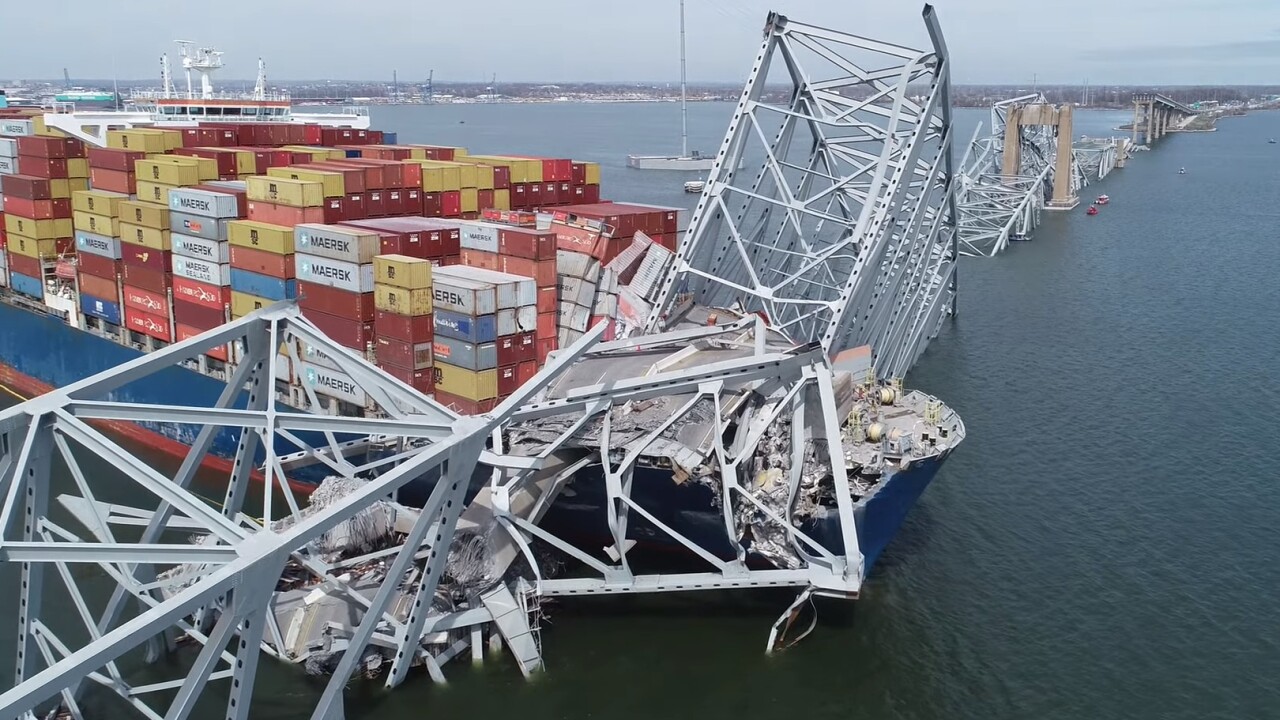Officials at New York's Metropolitan Transportation Authority are studying the financial hit from COVID-19. Related costs range from a labor-intensive disinfecting of the system to an expected ridership decline, according to Chairman Patrick Foye.
"I think it's fair to say that at this point there's been no material impact on the MTA. Having said that, we're trying to minimize every dollar of expense," Foye told reporters Monday during its latest health-crisis briefing at Lower Manhattan headquarters.

"We take seriously our disclosure obligations to bondholders and to underwriters. Our CFO [Chief Financial Officer Robert Foran], I can tell you, will make sure we will make every disclosure timely and fully disclose everything."
The state-run MTA is one of the largest municipal issuers with roughly $45 billion of debt, including special credits. It operates the city's subways and buses, Long Island and Metro-North commuter railroads and several intraborough bridges and tunnels. Its operating budget is $17 billion.
Gov. Andrew Cuomo confirmed on Monday that Rick Cotton, executive director of the Port Authority of New York and New Jersey,
Cuomo and New York Mayor Bill de Blasio have advised commuters to avoid crowded trains and buses, if possible, amid a worsening pandemic.
"Our first priority is public health," Foye said. "That means if there's less crowding, as the governor and the mayor have advised, that in the short term is a good thing because it will reduce the risk to the public. Obviously we're focused on the revenue considerations. This situation's been going on for just a week now, and we don't have meaningful data.
"We're going to report to the board and the public the data that we're gotten [on] ridership, and we're committed to doing that."
Parroting comments made by Cuomo late last week, Foye described as "ludicrous" the federal $8 billion aid package that earmarks merely $35 million for New York State.
"The MTA and its agencies will incur a significant amount of cost in this endeavor," he said. "Obviously we're disinfecting cars, we're disinfecting stations. I'll leave the Washington negotiating and bargaining to others, but it just seems out of whack."
Meanwhile, the absence of MTA officials from Monday's City Council transportation committee hearing on de Blasio's preliminary budget rankled panel chairman Ydanis Rodriguez and some of his peers. The authority's $51.5 billion
"We're very upset," Rodriguez said after the hearing. "What they said was that they would not come today, that they would come to the executive budget [hearing], which is in May. And I feel that it is not what we as a city should expect from the MTA. I don't want the MTA to go back to what it was before Andy Byford."
The mayor releases the executive budget, an update to the preliminary spending plan, usually in late April. Another round of council hearings follows.
Byford, the president of the MTA's New York City Transit division,
Rodriguez said MTA officials told him they would not appear for a hearing on bus-route redesign, "and that request was made before the coronavirus situation."
Foye said the authority's focus on the coronavirus is paramount.
"The people that were going to appear before the City Council were mid-level financial people," he said. "We didn't think it made sense to send them when clearly the focus was going to be on the coronavirus situation."

Even with a possible delay in implementing full congestion pricing in Manhattan in time for January, the MTA has a "relatively good handle" on meeting its capital needs, according to Lisa Daglian, executive director of the watchdog Permanent Citizens Advisory Committee to the MTA.
Congestion pricing figures to raise $1 billion annually, or $15 billion through bonding, for mass transit. "The lack of dedicated and recurring operating revenue sources, however, is still of great concern," Daglian told council members while asking the city to send the MTA its $3 billion before congestion pricing takes effect.
The capital plan consists of too many assumptions, Rodriguez said.
"Right now, when you look at the MTA capital plan, there's a lot of money that's not real ... some money related to that plan is based on the debt, on bonds." Other iffy propositions, he added, include congestion pricing and federal support for the Second Avenue subway extension.
City taxpayers provide 71% of the MTA’s non-fare and toll, nonfederal revenue through a combination of local, regional, and state taxes, according to Nora Nussbaum, senior research associate at the watchdog Citizens Budget Commission.
"City taxpayers not only provide substantial support through the city budget, but also pay the bulk of taxes dedicated to the MTA and much of the contribution made from the state budget," she said in a





